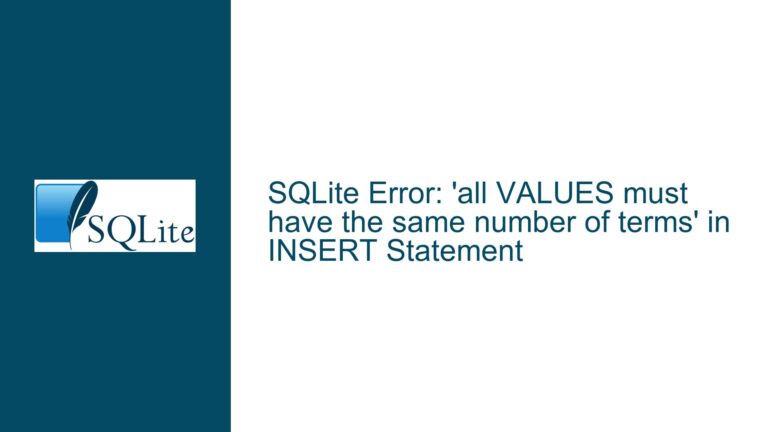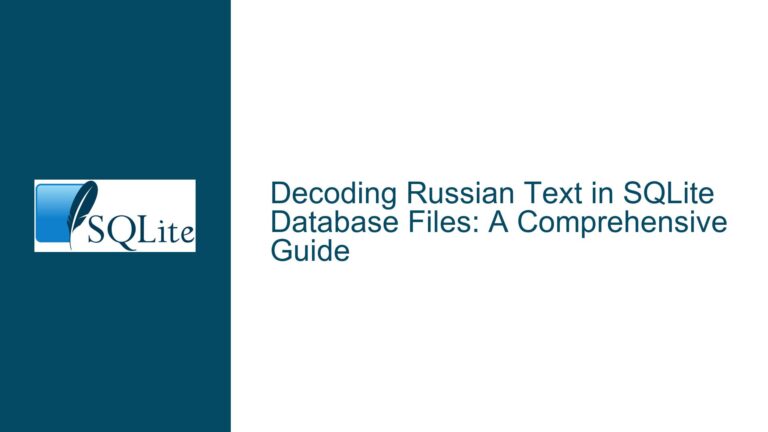Optimizing SQLite B-Tree Depth and Page Utilization Through Overflow Pages
Overflow Pages and Their Impact on B-Tree Depth and Page Utilization In SQLite, the management of overflow pages plays a critical role in optimizing the depth of B-Trees and the efficient utilization of database pages. Overflow pages are used when a single cell (a record or index entry) is too large to fit entirely within…









